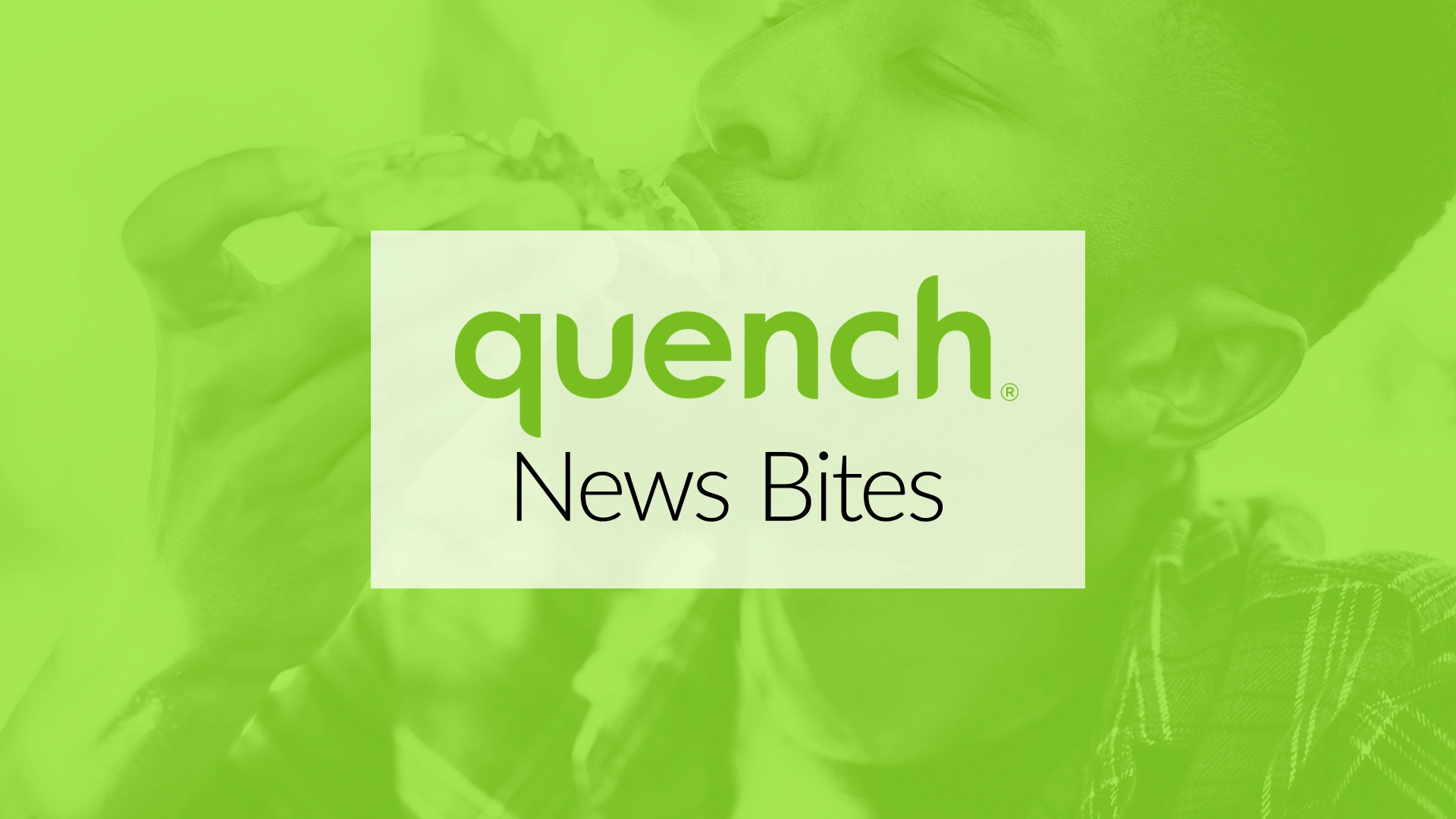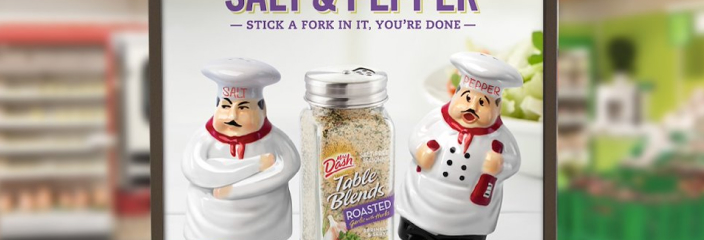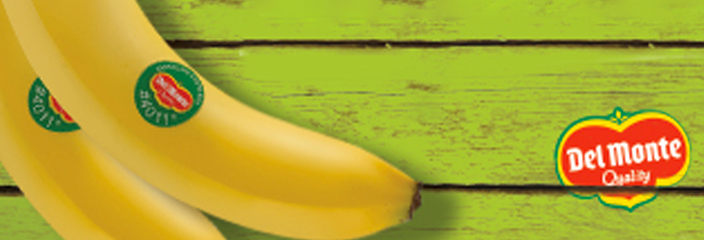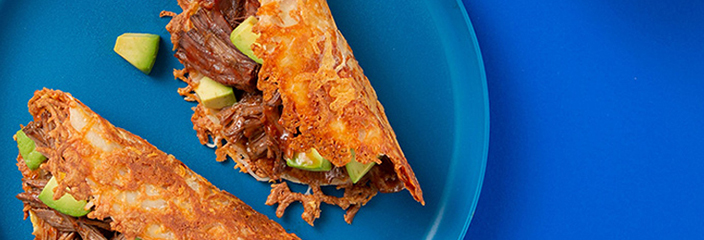News Bites – March 2025
The Soda Makeover: Why Prebiotic Beverages Are Surging
The gut health soda category is experiencing explosive growth, with sales jumping over 300% in 2023 as consumers seek healthier, functional beverage alternatives. Major players like Coca-Cola (with Simply Pop) and PepsiCo (through its acquisition of Poppi) are investing heavily, signaling the category’s move from niche to mainstream. Prebiotic sodas appeal to health-conscious consumers with benefits like digestive support and reduced sugar, though brands face challenges around cost, regulations, and consumer education. As competition grows, innovation, branding, and clear messaging around gut health will be key to standing out in this rapidly evolving market.
Learn More
Why Educating Shoppers Could Be the Key to Growing Seafood Revenue
Despite a slight dip in seafood sales in 2024, FMI’s latest Power of Seafood report highlights a valuable opportunity for grocers to grow this category by targeting frequent seafood shoppers — a group that spends more, shops often, and has higher average basket sizes. Although seafood prices have decreased, many consumers still perceive it as expensive or difficult to prepare, presenting a messaging gap around affordability, health, and convenience. Grocers are encouraged to address these misconceptions through in-store education, digital content, and recipe suggestions. With only 44% of seafood consumers purchasing online, there’s untapped potential in using digital platforms to boost engagement, loyalty, and seafood sales.
Learn More
Food Giants Adapt as GLP-1 Drugs Reshape Eating Habits
As GLP-1 weight-loss drugs like Ozempic and Wegovy gain popularity, food manufacturers are adapting their product portfolios to meet changing consumer habits and position themselves as supportive partners in health. Companies like Conagra, Nestlé, General Mills, and Danone are promoting portion-controlled, high-protein, and nutrient-dense items specifically targeting GLP-1 users, with some even labeling products as “GLP-1 friendly.” While indulgent snack brands like Hershey and Mondelēz acknowledge the drugs’ influence, many say the impact on volume has been minimal so far. Analysts suggest that broader trends—like interest in clean ingredients and functional nutrition—are still the more dominant drivers of innovation across the food industry.
Learn More
Behind the Label: How Consumer Values Are Reshaping the Meat Aisle
Demand for organic and grass-fed meats is rising, with sales up 14.3% and 29.8% respectively, even as consumers continue to prioritize price and taste when buying meat. FMI’s Power of Meat 2025 report shows that while shoppers value sustainability and transparency—especially younger, urban households—only a minority say these claims drive purchases. Still, two-thirds of consumers want to know where their food comes from, creating opportunities to highlight sourcing and production stories. Despite strong growth in fresh meat, recent lunchmeat recalls contributed to declining processed meat sales in late 2024, underlining the importance of food safety in shaping consumer trust.
Learn More
TraceGains Launches AI Tool to Strengthen Food Safety Compliance
TraceGains has launched an AI-powered Intelligent Document Processing (IDP) platform to help food manufacturers enhance product safety, quality, and regulatory compliance. Built on OpenAI’s technology, the system flags formula deviations—such as unexpected allergens—and improves the accuracy of food safety documentation like Certificates of Analysis. The platform learns and adapts over time, offering a more efficient alternative to traditional compliance tools. Major producers, including Bimbo International, are already using AI-driven solutions like IDP, signaling a broader industry shift toward tech-powered food safety and supply chain management.
Learn More
Check out last month’s News Bites: News Bites – February 2025!










